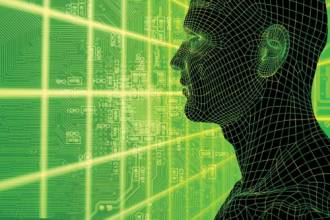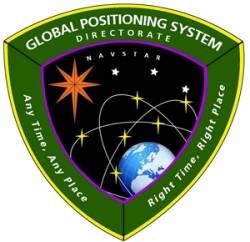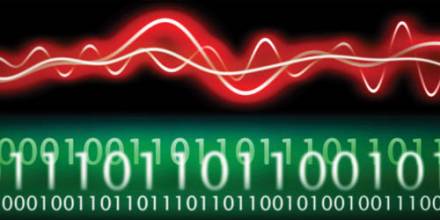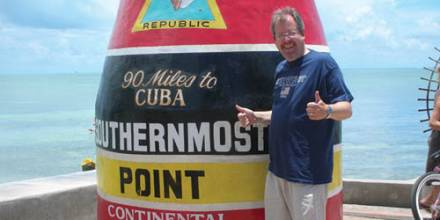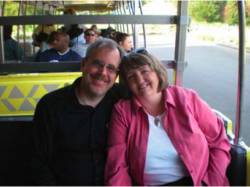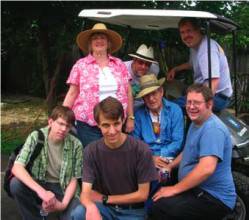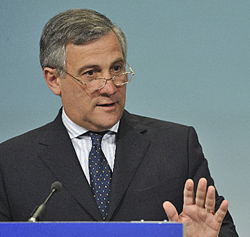Differences between Signal Acquisition and Tracking
Q: Why is acquisition of GNSS signals generally more difficult than tracking and what are the limiting factors?
A: A fairly good analogy of the difference between GNSS signal acquisition and tracking can be found in the rescue of victims of a sunken ship whose location is not accurately known. The first stage of the rescue attempt typically involves an aircraft flying a search pattern, which hopefully encompasses the location where the ship went down.
By Inside GNSS



